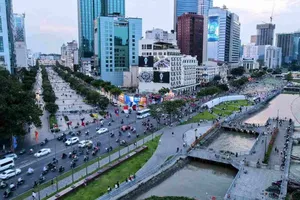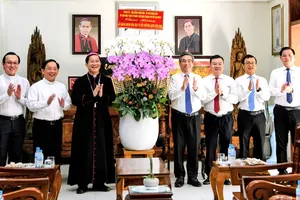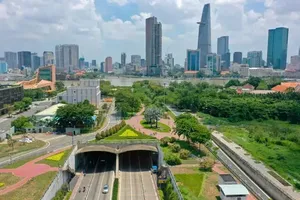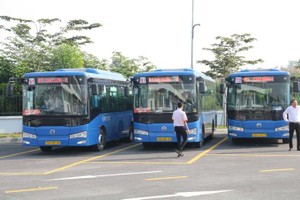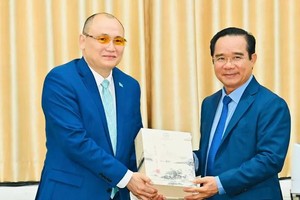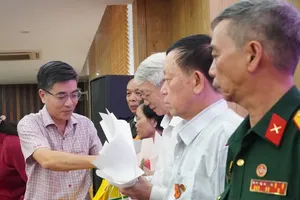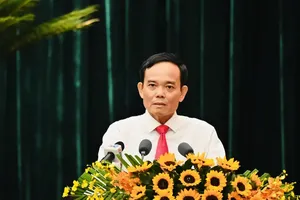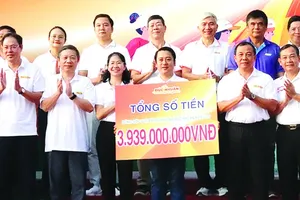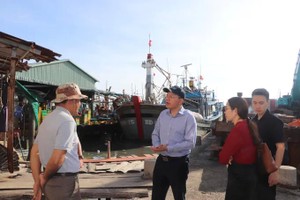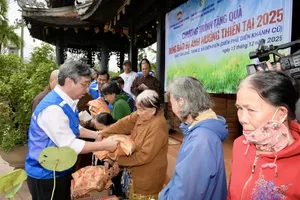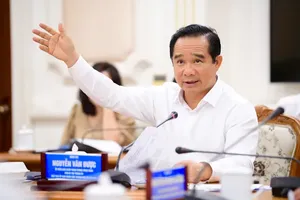
In her opening speech, People’s Council Chairwoman Nguyen Thi Quyet Tam said the NA resolution is of great significance to the city.
“The city must tap its creativity and sustain its solidarity to ensure development on the back of breakthrough policies.”
According to the resolution, which takes effect on January 15 next year, special mechanisms and policies will enhance HCM City’s resources, thus fostering its development.
The special mechanisms devolve power to the city to make decisions on issues that are currently made by the Prime Minister, including land administration, investment, finance - budget, delegation of power to lower levels of administration, and salaries of officials, public employees and civil servants.
With regard to land administration, the People’s Council will be allowed to decide if rice-growing lands of at least 10 hectares can be used for other purposes.
The council will also make decisions on major public projects, except those related to special national relics, defence and national security, based on the Public Investment Law.
It will have the authority to increase certain fees, get 50 percent of the money from the sale of State agencies’ properties in the city, retain all the money raised from the equitisation of city-owned enterprises and increase salaries of government workers by up to 1.8 times.
“All this will help improve the city’s financial resources to develop infrastructure, improve living quality and contribute more to the country’s development,” Tam said.
The second resolution was on the city’s socio-economic performance in 2017.
Its economy has grown at 8.25 percent, higher than the 8.05 percent last year, and budget revenues were worth VND348 trillion (US$15.5 billion), or 100.03 percent of the target, with 17 of 20 targets being achieved.
However, it failed to achieve some of the targets with respect to administrative reform and prevention of flooding, traffic jams, pollution, construction violations and road encroachment, Tam admitted.
The People’s Council set the following targets for next year: economic growth of 8.3 – 8.5 percent, 46,000 enterprises to be established, 130,000 new jobs to be created, 8 million square metres of housing to be built and poverty to be reduced by 1 percent, and have 18 doctors per 1,000 population, 85.2 percent of city residents covered by medical insurance and 100 percent of households getting freshwater, and reduce groundwater exploitation by 30 percent.
The resolution hopes the city would climb into the list of top five localities in the Provincial Competitiveness Index and top 10 in the Provincial Administrative Reform Index by next year.
